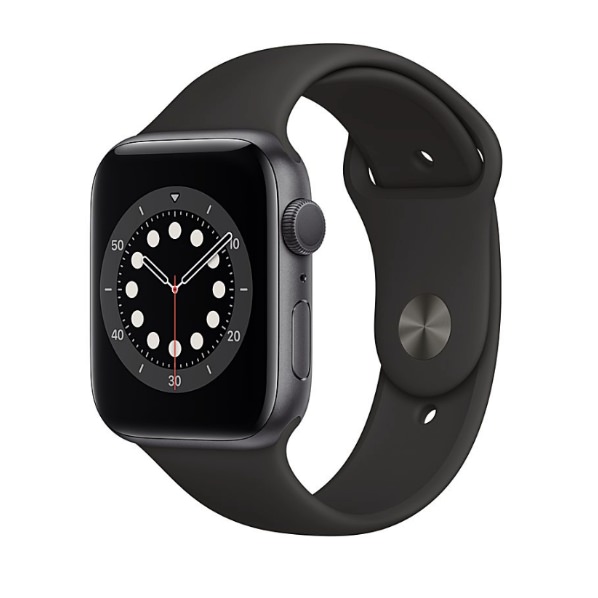“With Apple Watch Series 6, you can measure your blood oxygen right from your wrist.”
This was the punch line for Apple’s latest update to its Watch lineup during the “Time for a recap” event on September 15th. The intensivist and anesthesiologist in me was irked by the constant reference to “blood oxygen” throughout the event. Why? Because the Apple Watch 6 uses visible and infrared light in a manner akin to pulse oximetry, and therefore, is measuring a hemoglobin oxygen saturation.
Isn’t this semantics? What’s the difference? Let’s briefly look at this.
Arterial blood oxygen content (CaO2) is related to the hemoglobin concentration ([Hb]), the oxygen saturation of that hemoglobin (SpO2, expressed as a decimal), and the partial pressure exerted by dissolved oxygen in blood (PaO2). More specifically:
CaO2 = [1.34 x [Hb] x SpO2] + [0.003 x PaO2]
Let’s say you have a chronic gastrointestinal bleed and your hemoglobin concentration has dropped considerably (ie, severe anemia). It’s still possible to have an SpO2 of 100% (given by the Apple Watch sensors or pulse oximetry); however, due to a low [Hb] from chronic bleeding, the overall “blood oxygen” will be very low as one can denote from the CaO2 equation above. I’m just (a little) concerned that patients with visible bleeding (ie, with bowel movements) will feel falsely reassured that “everything is fine” by a normal hemoglobin oxygen saturation on their Apple Watch 6 devices.
Furthermore, compared to traditional pulse oximeters which rely on transmittance (ie, the light source and receiving photodiode are on opposite sides of a thin area of tissue like the fingertip), the Apple Watch relies on reflectance (light source and photodiode are on the same side). This has been shown to be inferior to transmittance in the literature.
Don’t get me wrong – I’m definitely a fan of all these wearable biosensors. However, it’s very important to know what’s actually being measured and understanding potential pitfalls. “Hemoglobin oxygen saturation” and “blood oxygen” are very different things – the saturation has to be taken in the context of the hemoglobin concentration!







Hello Rishi. How are you? Can you make a video on the new M1 chip on new mac computers?